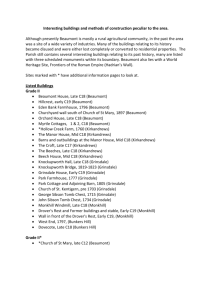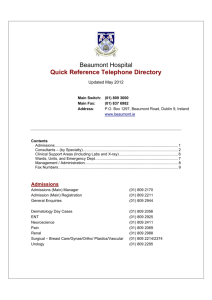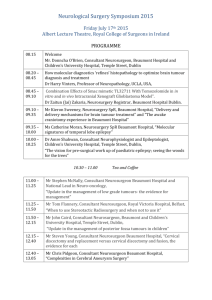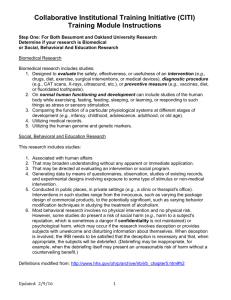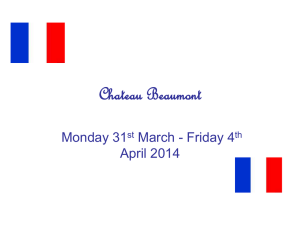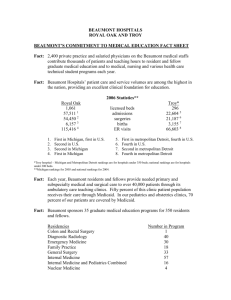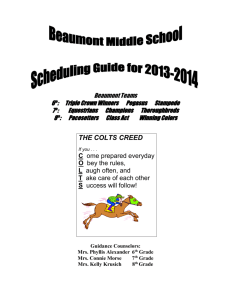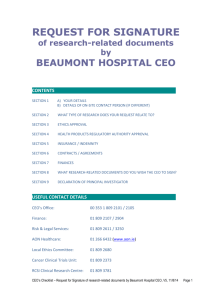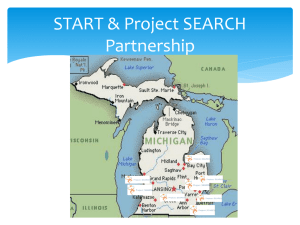Beaumont Parish
advertisement
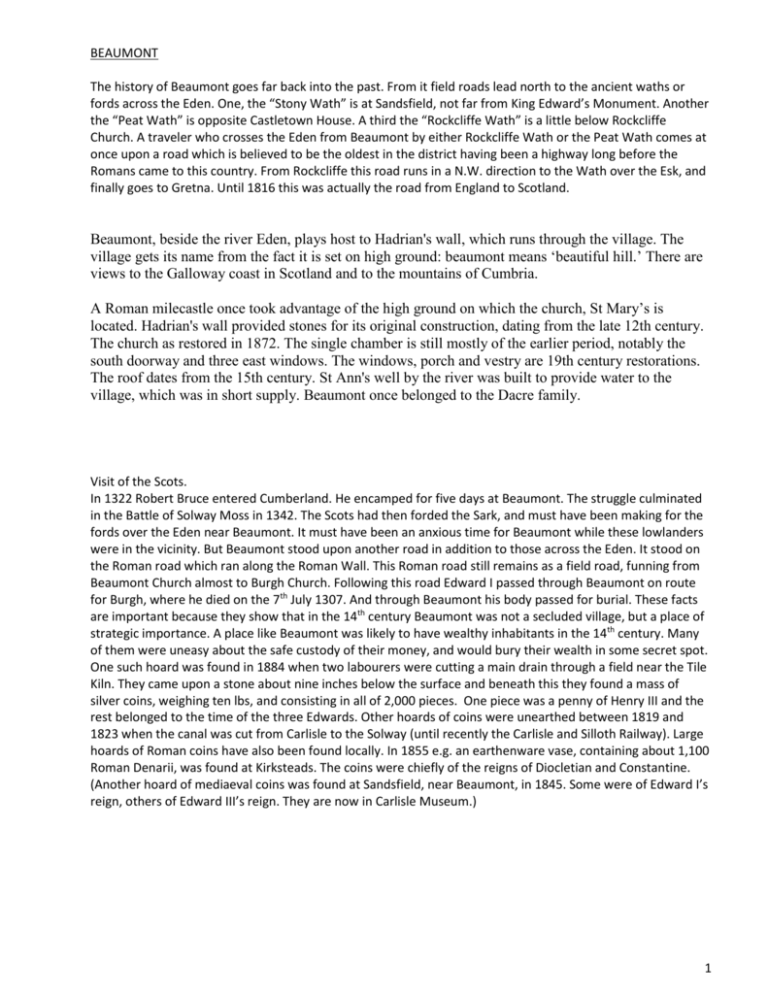
BEAUMONT The history of Beaumont goes far back into the past. From it field roads lead north to the ancient waths or fords across the Eden. One, the “Stony Wath” is at Sandsfield, not far from King Edward’s Monument. Another the “Peat Wath” is opposite Castletown House. A third the “Rockcliffe Wath” is a little below Rockcliffe Church. A traveler who crosses the Eden from Beaumont by either Rockcliffe Wath or the Peat Wath comes at once upon a road which is believed to be the oldest in the district having been a highway long before the Romans came to this country. From Rockcliffe this road runs in a N.W. direction to the Wath over the Esk, and finally goes to Gretna. Until 1816 this was actually the road from England to Scotland. Beaumont, beside the river Eden, plays host to Hadrian's wall, which runs through the village. The village gets its name from the fact it is set on high ground: beaumont means ‘beautiful hill.’ There are views to the Galloway coast in Scotland and to the mountains of Cumbria. A Roman milecastle once took advantage of the high ground on which the church, St Mary’s is located. Hadrian's wall provided stones for its original construction, dating from the late 12th century. The church as restored in 1872. The single chamber is still mostly of the earlier period, notably the south doorway and three east windows. The windows, porch and vestry are 19th century restorations. The roof dates from the 15th century. St Ann's well by the river was built to provide water to the village, which was in short supply. Beaumont once belonged to the Dacre family. Visit of the Scots. In 1322 Robert Bruce entered Cumberland. He encamped for five days at Beaumont. The struggle culminated in the Battle of Solway Moss in 1342. The Scots had then forded the Sark, and must have been making for the fords over the Eden near Beaumont. It must have been an anxious time for Beaumont while these lowlanders were in the vicinity. But Beaumont stood upon another road in addition to those across the Eden. It stood on the Roman road which ran along the Roman Wall. This Roman road still remains as a field road, funning from Beaumont Church almost to Burgh Church. Following this road Edward I passed through Beaumont on route for Burgh, where he died on the 7th July 1307. And through Beaumont his body passed for burial. These facts are important because they show that in the 14th century Beaumont was not a secluded village, but a place of strategic importance. A place like Beaumont was likely to have wealthy inhabitants in the 14th century. Many of them were uneasy about the safe custody of their money, and would bury their wealth in some secret spot. One such hoard was found in 1884 when two labourers were cutting a main drain through a field near the Tile Kiln. They came upon a stone about nine inches below the surface and beneath this they found a mass of silver coins, weighing ten lbs, and consisting in all of 2,000 pieces. One piece was a penny of Henry III and the rest belonged to the time of the three Edwards. Other hoards of coins were unearthed between 1819 and 1823 when the canal was cut from Carlisle to the Solway (until recently the Carlisle and Silloth Railway). Large hoards of Roman coins have also been found locally. In 1855 e.g. an earthenware vase, containing about 1,100 Roman Denarii, was found at Kirksteads. The coins were chiefly of the reigns of Diocletian and Constantine. (Another hoard of mediaeval coins was found at Sandsfield, near Beaumont, in 1845. Some were of Edward I’s reign, others of Edward III’s reign. They are now in Carlisle Museum.) 1 BEAUMONT CHURCH Beaumont Church, dedicated to St Mary, as are so many Norman churches, occupies the site of one of the mile castles on the Roman Wall, which was afterwards made into a Saxon or Danish camp. From the churchyard nine churches can be seen. The Church is of plain structure in late Norman style, and is built largely of Roman materials, perhaps out of stones from the old Roman Wall. Since 1692 it has served as the parish church for this parish and for the adjoining parish of Kirkandrews. At Beaumont there is a well dedicated to St Anne. Stained Glass Windows Three stained glass windows were inserted at the east end in 1872 in memory of Thomas Hodgson. On the south side of the sanctuary there is a window to the memory of one of the incumbents, the Reverend T O Sturkey, the subject of which is “Feed My Lambs”. Communion Vessels The chalice formerly in use is of silver plated on copper, 6 inches high, the diameter at the top of the cowl and at the foot being 2. 13/16 inches. There are also two patens, one of which is silver. A smaller silver chalice, now in general use, was added in 1960. The Registers date from 1692. Antiquities 1. Hadrian’s Wall built about 120 AD passes through Beaumont. 2. A Roman Stone found in the Eden near Beaumont is now built into the wall which surrounds Mr Arthur Johnston’s house. It has the inscription: “LEG XX (Legionis vicesimae) … VAL VI (Valeriae Victricis) … COH V (Cohors quinta) …”. 3. In the church wall, by the east gate is the top of one of the old window of the church. 4. At the west end of the church are two 14th century sepulchral slabs taken from the churchyard. These were found in 1872. One is to be memory of a harper – the other is in memory of a deacon as it bears a clasped book. 5. There is another slab lying against the north wall of the church in the churchyard. It was originally in the north wall in the chancel half of it projecting from the wall. It has four distinct circles upon the part which projects from the wall. There are two other stones, parts of the old east window. 2

